Athens history
Athens history
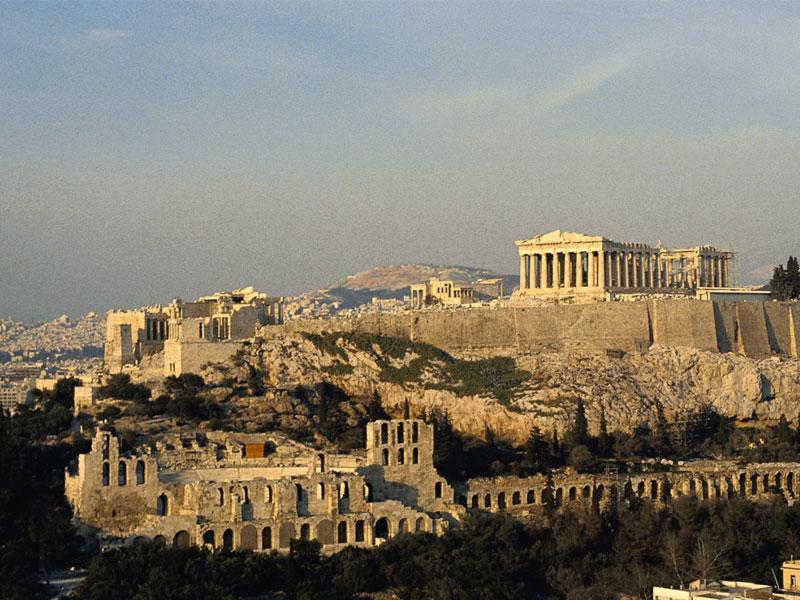 Named after the Goddess Athena, Athens is one of the world’s great cities. A thoroughly modern city yet a lasting and monumental reminder of an ancient civilisation, its heritage abounds in the culture of Western Europe today. Inhabited since the Bronze Age, Athens has many stories to tell.
Named after the Goddess Athena, Athens is one of the world’s great cities. A thoroughly modern city yet a lasting and monumental reminder of an ancient civilisation, its heritage abounds in the culture of Western Europe today. Inhabited since the Bronze Age, Athens has many stories to tell.
The city lies on the Plain of Attica in the eastern central part of the country near the Saronic Gulf. The major geographical landmarks are the mountains Aigáleos, Parnis, Pendelikón and Hymettus which semi-circle the city, the rivers Ilissus and Kifisós and the Marathón reservoir. As the capital and largest city, it is also home to the port of Piraeus, and the city and its suburbs account for the bulk of the country’s industrial and manufacturing output. Athens is also the national transport hub – land, sea and air – and is a major tourist city.
Touristic Athens
Tourists flock to Athens for a complete immersion in the historic remains of an ancient civilization that is said to be the beginning of the modern world. There are many world famous landmarks and sights. The most well-known and the emblematic symbol of the city, and Greece itself, is the Acropolis, a fortified hill on which are found the remains of the Parthenon (temple to Athena), the Erechtheum (marble temple) and the Propylaea (a monumental entrance). Other ancient sites of note include the Agora, the Pnyx, the Areopagus, the Olympieum (Temple of Zeus), the Odeum of Herodes Atticus, the Theseum of Hephaesteum, and the Theatre of Dionysius.
But it isn’t just Ancient Greek monuments to be seen in Athens. The Romans made their mark too – particularly in the rule of Emperor Hadrian. There’s Hadrian’s Arch and the Roman Forum near the Acropolis and in the “New Quarter” there are the Roman walls, palace and gardens. Further out is the Stadium and the Sacred Gate of Dipylon on the road to Eleusis.
The Byzantine period is not to be forgotten and major landmarks are the 12th century churches of the Holy Apostles and St. Theodora. The modern era Athens is home to the Synod of the Greek Orthodox Church, the National University and the Capodistrian University, various polytechnics and science academies, various schools of archaeology (naturally!) and a host of museums and libraries.
The Early Years
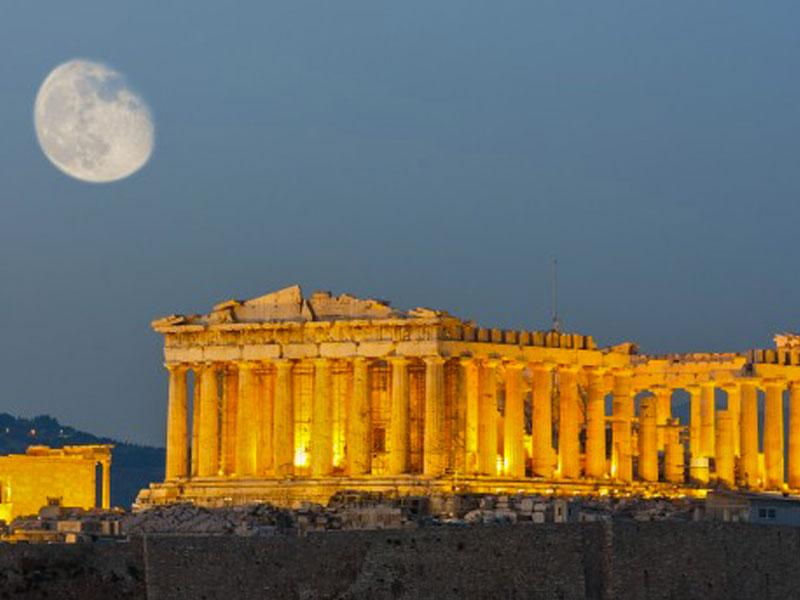 Until around 1000 BCE, Athens and Attica was governed by Ionian Kings. Then it went through a period of aristocratic government through the archontate. Archons included Draco (620s BC) who imposed harsh laws (and gave rise to the word Draconian) and Solon whose liberal reforms changed the law and altered the economy. He established the first Athens democracy and abolished serfdom. Much of his reform was retained when Athens was ruled by tyrannical Pisistratus and his sons Hipparchus and Hippias. Democracy was strengthened under Cleisthenes and remained through the years of Athens’ greatness.
Until around 1000 BCE, Athens and Attica was governed by Ionian Kings. Then it went through a period of aristocratic government through the archontate. Archons included Draco (620s BC) who imposed harsh laws (and gave rise to the word Draconian) and Solon whose liberal reforms changed the law and altered the economy. He established the first Athens democracy and abolished serfdom. Much of his reform was retained when Athens was ruled by tyrannical Pisistratus and his sons Hipparchus and Hippias. Democracy was strengthened under Cleisthenes and remained through the years of Athens’ greatness.
The Power of a City State
Athens became the strongest Greek City State thanks to the Persian Wars of 500-449 BC. While also fighting the Persians, heroes Themistocles, Cimon and Miltiades built up the city’s strength which increased with victory at Marathon in 490 BC. The Athenian fleet defeated the Persians at Salamis in 480 BC and gained hegemony in the Delian League – a confederation of city states which later became an Athenian-led empire. The zenith of Athens’ cultural and imperial achievements came between 443 and 429 BC; the time of Pericles, Socrates, Euripides, Sophocles, and Aeschylus.
The Peloponnesian War
Despite the peace agreed during the Persian Wars, there was still major rivalry between Athens and Sparta and hostilities broke out again in 431 BC. In the Peloponnesian Wars Athens fared badly. Pericles died in 429 BC already seeing his empire crumbling but his successors Cleon and Alcibiades continued to fight, with a disastrous expedition against Sicily in 415 BC. When the Peloponnesian War ended in 404 BC Athens was broken. The population had halved and only a dozen ships made up the fleet.
The peace treaty required that the Long Walls be torn down and Athens was to be ruled by the Thirty Tyrants. That was until Thrasybulus overthrew the oligarchical government, rebuilt the walls and increased the fleet. Power regained, Athens recreated the Delian League and inflicted a naval defeat on Sparta. Sparta’s power further decreased following defeat by Thebes at Leuctra in 371 BC.
Athens in Decline
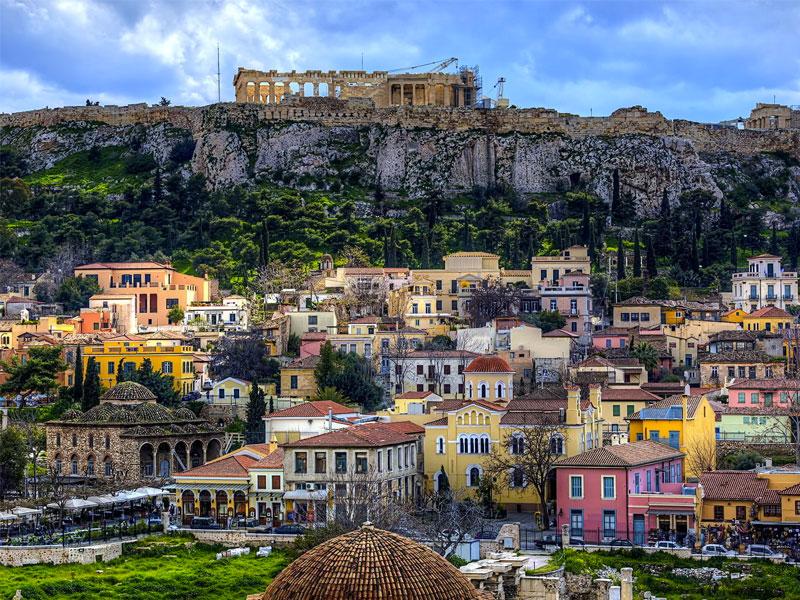 Athens’ decline is mainly due to the rise of Macedon under Philip II and his son and successor, Alexander the Great. There was a decisive defeat at Chaeronea in 338 BC and unsuccessful revolts between 323-322 BC. Athens became a provincial city with one last bid for greatness in 266-262 BC suppressed by Antignous II. Despite the military defeats, there was continuing achievements in art, drama and philosophies thanks to the likes of Plato, Aristophanes, Thucydides and Aristotle.
Athens’ decline is mainly due to the rise of Macedon under Philip II and his son and successor, Alexander the Great. There was a decisive defeat at Chaeronea in 338 BC and unsuccessful revolts between 323-322 BC. Athens became a provincial city with one last bid for greatness in 266-262 BC suppressed by Antignous II. Despite the military defeats, there was continuing achievements in art, drama and philosophies thanks to the likes of Plato, Aristophanes, Thucydides and Aristotle.
Rome was now gaining power but Athens backed the wrong side and the city was sacked in 86 BC by General Sulla. As a faded glory and a backwash of the Roman Empire, Athens was captured by Alaric I and the Visigoths in 395 AD.
From Byzantium to Ottoman
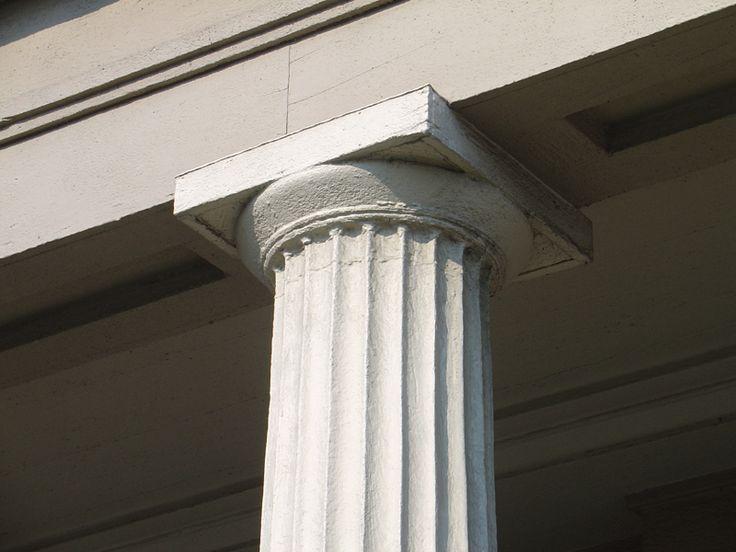 As a provincial capital of the mighty Byzantine Empire, Athens was a centre of religious learning and devotion. It enjoyed renewed prosperity when it became a duchy in the Latin Empire of Constantinople in 1205 under megaskyr [great lord] Othon de la Roche and his various familial successors. In 1311 it passed to the dominions of the House of Aragon (Spain) under Frederick II of Sicily and the period that followed saw the decline of French culture. Subsequent years saw various struggles for sovereignty occurred between the ruling houses of Spain, Venice, and Albania until Athens fell to the Ottoman Turks in 1458. The city was subject to nearly four centuries of Ottoman rule.
As a provincial capital of the mighty Byzantine Empire, Athens was a centre of religious learning and devotion. It enjoyed renewed prosperity when it became a duchy in the Latin Empire of Constantinople in 1205 under megaskyr [great lord] Othon de la Roche and his various familial successors. In 1311 it passed to the dominions of the House of Aragon (Spain) under Frederick II of Sicily and the period that followed saw the decline of French culture. Subsequent years saw various struggles for sovereignty occurred between the ruling houses of Spain, Venice, and Albania until Athens fell to the Ottoman Turks in 1458. The city was subject to nearly four centuries of Ottoman rule.
Modern Times
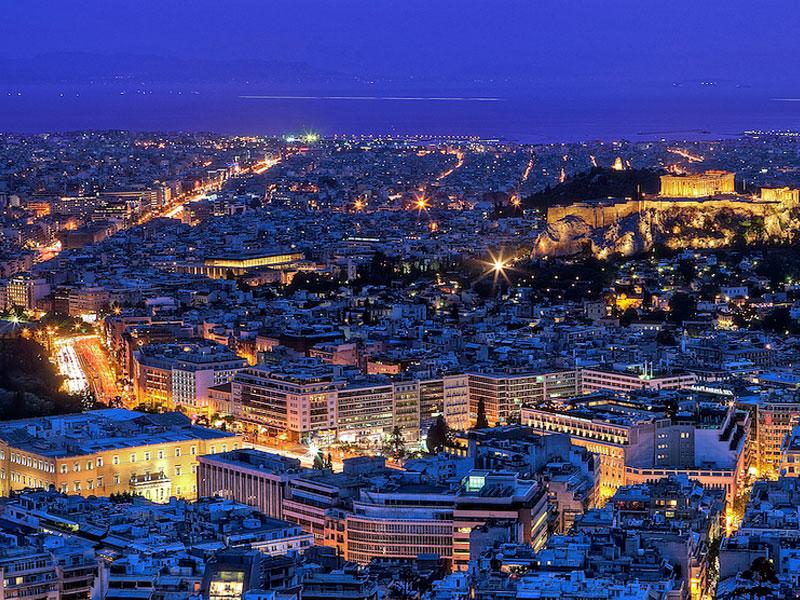 Athens became the capital of newly independent Greece in 1834. Much of the city was rebuilt by the first king of the Hellenes, Otto I (1832-62) and 1896 saw Athens host the first modern Olympic Games. The population grew aided by refugees from Turkey with the city gaining in prosperity. Athens was occupied by the German Nazis between 1941-1944 but escaped structural damage and came through the civil unrest of 1944-50.
Athens became the capital of newly independent Greece in 1834. Much of the city was rebuilt by the first king of the Hellenes, Otto I (1832-62) and 1896 saw Athens host the first modern Olympic Games. The population grew aided by refugees from Turkey with the city gaining in prosperity. Athens was occupied by the German Nazis between 1941-1944 but escaped structural damage and came through the civil unrest of 1944-50.
Peace bought massive expansion. Civic amenities and utilities were restored and modernised and infrastructure was improved and extended. Air pollution increased leading to traffic bans and conservation and preservation programs began for the city’s monuments and sites of cultural significance. Ellinikon airport was modernised and extended to accommodate the increased number of tourists eager to see the ancient sights of a modern city.



